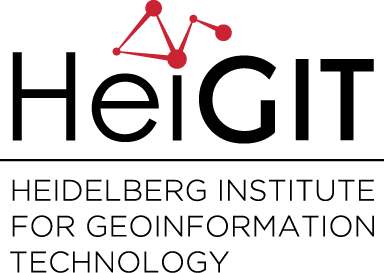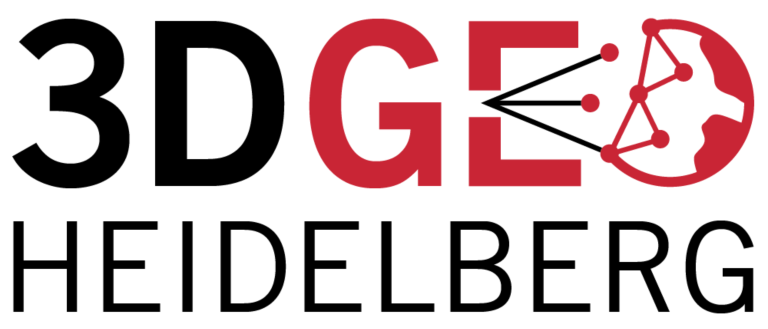Category: Publications
-
Publication of multi-sensor data from Arctic Siberian permafrost site
A 16-year record (2002–2017) of permafrost, active-layer, and meteorological conditions at the Samoylov Island Arctic permafrost research site, Lena River delta, northern Siberia was just published in Earth System Science Data. The long-term observational data is complemented by high-resolution topographic data acquired by terrestrial laser scanning (TLS) in 2017, when the 3DGeo Research Group joined…
-
Mapping ecosystem services – the example of crop pollination
Pollination by animals is an important service for wild plant communities as well as for agricultural crops. The service is mainly provided by insects, especially honeybees and a wide range of wild bees but also butterflies. A large number of crops depends globally on this pollination service – examples are apples, oranges, cocoa, coffee, strawberries…
-
How can LiDAR data help to understand early Olmec subsistence in Mexico?
From their beginnings some 4,000 years ago to their decadence around 400 b.c., the Olmec people achieved a high level of sociopolitical complexity and dominated their native geographic territory, the southern Gulf Coast of Mexico. The first Olmec capital of San Lorenzo, Veracruz, was the only site in Mesoamerica that produced imposing monumental stone sculpture…
-
Reminder: VGI ALIVE Special Issue of ISPRS IJGI extended to 15 March 2019
we want to remind you about the extended submission deadline (15 March 2019) for the Special Issue “Volunteered Geographic Information: Analysis, Integration, Vision, Engagement (VGI-ALIVE)”of the ISPRS International Journal of Geo-Information (IJGI) The steady rise of data volume shared on already-established and new Volunteered Geographic Information (VGI) and social media platforms calls for advanced analysis…
-
Blindspots in ecosystem service research
Ecosystem service research is high on the policy agenda. Strategies to synthesize individual success stories and derive generalized results to provide guidance for policymakers and stakeholder is central to many science-policy initiatives, such as IPBES, ELD, WAVES and TEEB. However, to successfully transfer knowledge from ES case studies to environmental policies, it is necessary to…
-
CfP: Transactions in GIS special issue on “Open Source Geospatial Science, Software and Education”
Special issue information: The last decade has seen a rapid growth in open source geospatial software and data developments. Open geospatial data applies the principles of free and openness to geospatial information, allowing communities to collaborate on a data product. Applying the lessons learned in the open source industry to geo-data collection and maintenance has…
-
Erreichbarkeitsanalyse von Haltestellen des öffentlichen Personennahverkehrs in Stuttgart per Openrouteservice
In einer aktuellen Publikation der Stadt Stuttgart wird die Erreichbarkeit von Haltestellen des öffentlichen Personennahverkehrs in Stuttgart untersucht. Für die Berechnung der Isochronen wurde das kostenfrei nutzbare QGIS-Plugin OSM Tools verwendet. Dieses nutzt den seit 2008 verfügbaren Openrouteservice des Heidelberg Institute for Geoinformation Technology (HeiGIT). Das Toolset umfasst Routing, Geocoding, Isochronen und Matrixberechnungen, entweder interaktiv im…
-
Complex Networks 2018 Conference: Dimension as an Invariant of Street Networks
F-B Mocnik participates in the Complex Networks 2018 conference, presenting work about the impact of space on network representations. Street networks have been examined in respect to their structure. F-B Mocnik has previously examined networks from various domains, thereby demonstrating that the polynomial volume law applies to many of them. The presentation at the conference…
-
Recommendations for organising better mapping parties with the aim of improving OpenStreetMap and Wheelmap data completeness
Nowadays, several research projects show interest in employing volunteered geographic information (VGI) to improve their systems through using up-to-date and detailed data. The European project CAP4Access was one of the successful examples of such international-wide research projects that aimed to improve the accessibility of people with restricted mobility using crowdsourced data. In this project, OpenStreetMap…


